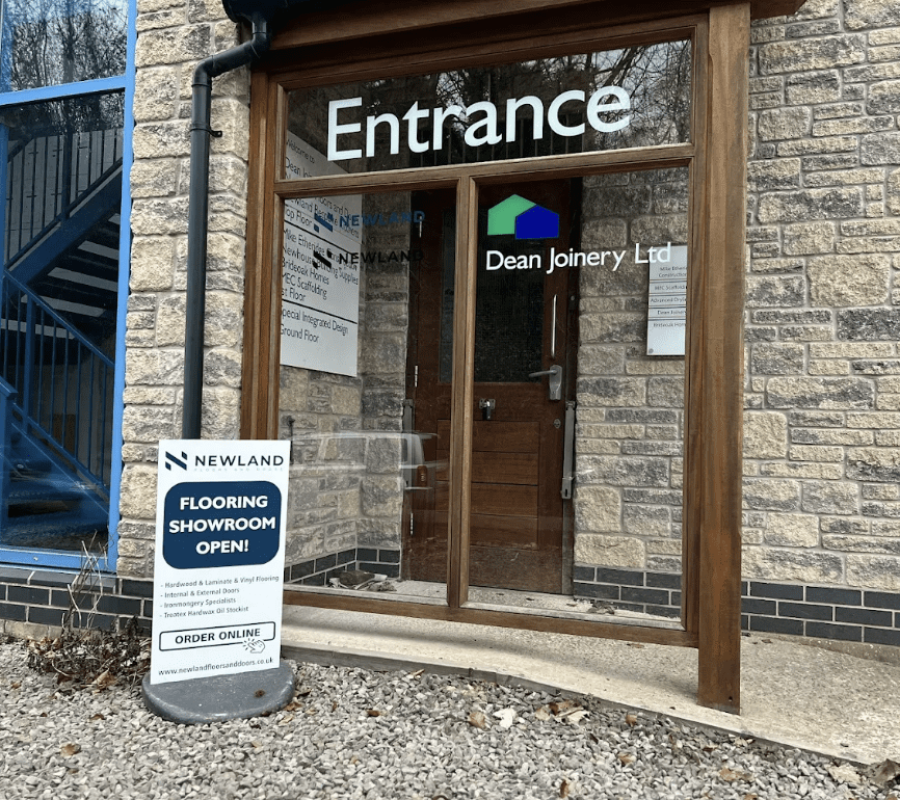In today’s fast-paced digital world, speed is everything. Whether you’re browsing a website for information, shopping for products, or searching for services, the last thing you want is a website that takes forever to load. Studies consistently show that visitors are less likely to engage with a website that takes too long to load, and businesses that don’t prioritise fast loading times may lose valuable traffic and conversions.
So, what exactly is slow loading time, why is it important, and more importantly—how can you improve it?
In this blog post, we’ll dive into the concept of slow loading times, why it matters for your business, and practical tips for improving your website’s speed.
What Is Slow Loading Time?
Loading time refers to the amount of time it takes for a webpage to fully display its content, including text, images, and videos, after a user clicks on a link or enters a URL. In technical terms, this is also known as page load speed. A slow loading time typically refers to a webpage that takes more than 3 seconds to load, though the optimal load time is usually under 2 seconds. Websites that load slower than this can lead to frustrated users, higher bounce rates, and lost opportunities.
Slow loading time can be caused by a variety of factors, including:
- Large image files or heavy media.
- Excessive JavaScript and CSS files.
- Unoptimised server response times.
- Too many HTTP requests.
- Unoptimised website code.
- Poor web hosting or server performance.
- Understanding these factors is the first step to improving your website’s loading speed.

Why Does Slow Loading Time Matter?
The impact of slow loading times on your website is profound. Here are a few reasons why it’s critical to focus on website speed:
1. User Experience (UX)
A slow website can result in a poor user experience, causing visitors to leave your site before they even see what you offer. Studies have shown that 40% of users will abandon a website that takes more than 3 seconds to load. If your website consistently loads slowly, you risk frustrating potential customers and driving them to your competitors.
2. Conversion Rates
Page load speed directly impacts your conversion rates. According to studies, for every one-second delay in loading time, conversions can drop by 7%. A slow-loading checkout page, for instance, could mean lost sales for your e-commerce business. Speed is critical to ensuring that visitors can easily navigate through your site and complete their desired actions.
3. SEO (Search Engine Optimisation)
Search engines like Google take page speed into account when ranking websites. Google’s Core Web Vitals include loading performance as a key ranking factor. This means that websites that load quickly are more likely to rank higher in search results, which directly impacts organic traffic and visibility. If your site is slow, it may not perform as well in search rankings, affecting your overall traffic and potential for conversions. A professional SEO service will help you rank better!
4. Mobile Experience
Mobile traffic now accounts for more than half of all web traffic, and mobile users are especially sensitive to slow loading times. Websites that take too long to load on mobile devices will see higher bounce rates and lower engagement. Since Google uses mobile-first indexing, ensuring your site loads quickly on mobile is more important than ever.

How to Improve Website Loading Time
Improving your website’s load time doesn’t have to be complex. Here are several actionable steps you can take to speed things up:Fho
1. Optimise Image and Media Files
Images and videos are often the largest files on a webpage, and they can significantly slow down loading time. Here’s how you can optimise them:
Compress images to reduce their file sizes without sacrificing quality. Use tools like TinyPNG or ImageOptim.
Choose the right format for images (JPEG for photos, PNG for graphics with transparency, WebP for high-quality images at a smaller file size).
Lazy load images, meaning images only load when they appear on the user’s screen as they scroll down the page.
Host videos externally (on platforms like YouTube or Vimeo) instead of embedding them directly into your website.
2. Minimise HTTP Requests
Each element on your page (images, stylesheets, scripts, etc.) requires an HTTP request to load. The more requests a page has, the slower it will load. Here’s how to minimise them:
Combine files: Combine multiple CSS and JavaScript files into one file each to reduce the number of requests.
Remove unnecessary plugins and scripts: Some plugins or scripts may not be essential for your site’s functionality and could be slowing it down.
Use icon fonts instead of images for icons to reduce file size and the number of requests.
3. Enable Browser Caching
Browser caching allows elements of your site (like images, stylesheets, and JavaScript) to be stored in a visitor’s browser so that when they return to your site, the page loads faster. By setting expires headers, you can specify how long browsers should cache specific resources. This reduces the amount of data that needs to be downloaded each time a user visits your site.
4. Minify CSS, JavaScript, and HTML
Minification involves removing unnecessary characters (like spaces and line breaks) from your website’s code to reduce its size. Minifying your CSS, JavaScript, and HTML files can lead to significant performance improvements. Tools like UglifyJS and CSSNano can help automate this process.
5. Use Content Delivery Network (CDN)
A CDN is a network of servers that are distributed across various geographical locations. When a user accesses your site, the CDN serves content from the server closest to them, reducing the distance and time it takes for data to travel. This can greatly improve load times for visitors around the world.
6. Optimise Your Web Hosting
The quality of your web hosting provider plays a major role in your website’s loading speed. If your site is hosted on shared servers, it could slow down due to the high volume of traffic on those servers. Consider upgrading to a dedicated server or a VPS (Virtual Private Server) if your site is growing. Additionally, choose a host that uses solid-state drives (SSDs), as they provide faster data access speeds compared to traditional hard drives.

7. Implement GZIP Compression
GZIP compression reduces the size of your website’s files, including HTML, CSS, and JavaScript, by up to 70%. Enabling GZIP compression on your server can make your website faster by reducing the amount of data transferred between your server and the user’s browser.
8. Optimise Your Mobile Site
Given the prevalence of mobile users, it’s crucial to ensure your website is optimised for mobile. Use responsive design to ensure your site adjusts to different screen sizes and make sure your mobile pages load as quickly as your desktop version. Test your mobile site using Google’s Mobile-Friendly Test to identify areas for improvement.
Test Your Website’s Speed
Once you’ve made improvements, it’s important to regularly test your website’s performance to ensure everything is working as expected. Here are a few tools you can use to check your website’s loading speed:
- Google PageSpeed Insights: Provides detailed suggestions for improving load times based on real-user data.
- GTmetrix: Offers insights into your site’s performance, with recommendations for optimisation.
Speed is key for a Successful Website
A slow-loading website can significantly affect your business’s success, regardless of the industry you’re in; it doesn’t matter whether you’re a locksmith, plumber, or electrician, a slow website can really damage your business. Whether you’re aiming to improve user experience, increase conversion rates, or boost your SEO, page load speed should be a priority. By following the tips outlined in this blog post—such as optimising images, minimising HTTP requests, enabling caching, and using a content delivery network—you can dramatically improve your website’s loading time and create a better experience for your visitors.
Remember, every second counts. By making your website faster, you’re not just improving performance; you’re improving the chances of turning visitors into loyal customers.
Is your website ready for a speed boost? Outrank offer professional website design and build services from our office in Middlesbrough. Start optimising today!
Don’t forget, once you have a fully-branded website, the next key step is Search Engine Optimisation (SEO).

